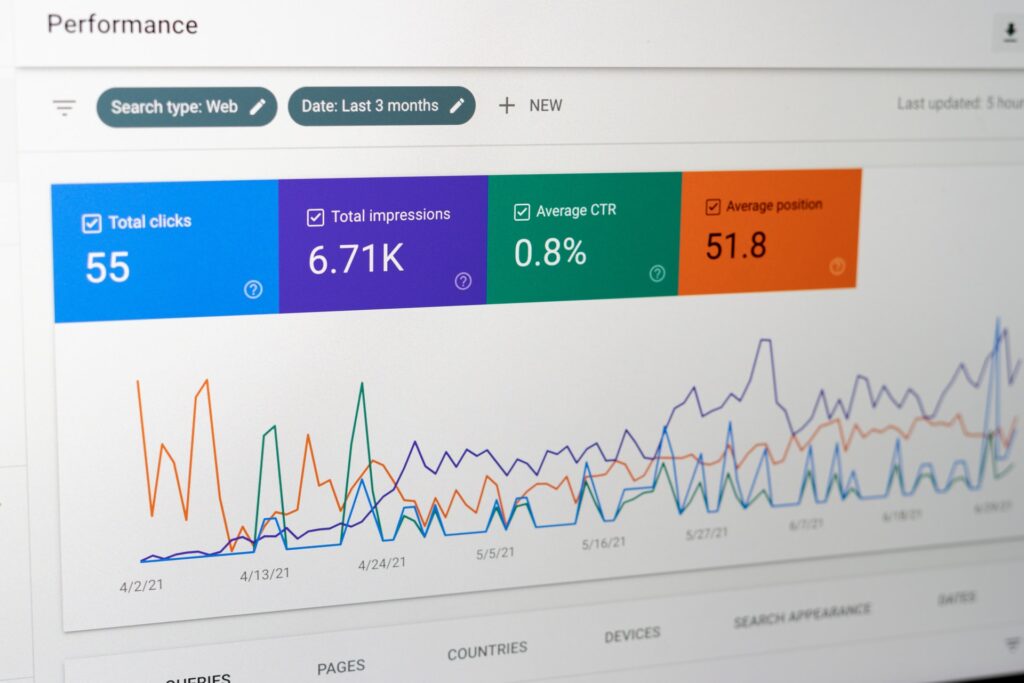When Keywords Aren’t Keywords

By Richard Parkin
Platforms like Google Ads and Bing Ads are a vital, effective tool for practically any business, but they’re nowhere near as simple as they appear at first. In fact, looking at an ad account on a surface-only level almost always means that you’re not getting what you’re paying for – and that you’re throwing away money.
In this blog, we’re taking a look at one of the biggest traps for those starting out with digital marketing: the keywords you pick, and the factors that make them far more complicated than they initially appear.
Understanding Ad Keywords
No matter what ad platform you’re using, search ads are controlled through three types of keyword – exact, broad and phrase. Each of these keyword types operates somewhat differently:
Phrase Match: Triggered by any searches including the designated keyword, making the match type ideal for brand-based searches and similar.
Broad Match: Triggered by any searches for phrases like the designated keyword – if someone searches for a synonym of your keyword, it should trigger any broad match keywords.
Exact Match: Triggered by any searches for your keyword, or any search that the platform considers identical to your keyword.
The main problem is right at the end – the searches that your ad platform considers to be ‘identical’ to the keywords that you’ve set up. Language recognition is nowhere near as good as some people think – ever searched for something, then seen the exact opposite of your search in the results?
Ad platforms have the exact same issue. Even though you’ve carefully set your exact match keywords, your ads may be showing up for someone who wants absolutely nothing to do with your company, costing you money – entirely behind your back. I’ve seen cases where ad platforms conflated two brands, showing visitors the wrong ads, and significantly damaging our conversion rate.
However your account is set up, take the time to review the search terms that your ads are appearing for. Even if your placements aren’t outright wrong, there’s likely to be some room for optimization:
If you’re on a limited budget, having any amount of your budget diverted to less effective search terms is a problem, even if those search terms are still turning a profit. Exclusively focusing your budget on the terms that produce the best results for you means getting the best possible ROI from your account.
While high-budget accounts don’t necessarily need to hyperfocus on their most effective search terms, and have a lot of latitude to experiment, stripping out any unprofitable search terms is crucial for maintaining account health.
Of course, keyword mismatches aren’t always a bad thing. Reviewing your search terms often reveals opportunities for new keywords – profitable but currently untargeted terms. By separating out these words and creating ads specifically targeting them, you should be able to add a valuable new side to your current ad setup.

Recognizing Common Keyword Problems
Alongside the issues caused by overly generous keyword implementation, most ad platforms have several hidden (or largely overlooked) features which can lead to excessive spending, campaign underperformance and a less impressive overall return on investment. Here’s a few common issues – and how to see if they’re impacting your advertising:
Location of Interest: Are you targeting specific countries/ locations with your campaigns? As with keywords, the real-life application of your targeting settings can often be a lot more broad than you expect. While most advertisers assume that targeting a region exclusively limits ads to the region in question, it’s also worth being aware of ‘Location of Interest’ bidding, a setting that is automatically applied to some campaigns.
Essentially, a Location of Interest expands geographic targeting to include people who are interested in the region, not just those who live there. Potentially ideal for hotels and travel agencies – a serious waste of money for local-only businesses.
Check your Geographic Report, and ensure that you’re not losing out because of this little-seen setting.
Unsuccessful Display Placements: If you’re running display campaigns, you need to understand where your ads are being placed, and identify any recurring trends. For many advertisers, display ads appearing on in-app placements results in underperforming campaigns, with many app users ultimately unwilling to engage with any product/ service advertised within an app.
Unoptimized Shopping Campaigns: Companies with several similar products can generally expect some crossover within their shopping campaigns. Having several products appear for relevant searches is rarely a problem – but it’s not always ideal.
If one of your products has a better conversion rate across shopping channels than others, it may be worth taking the time to review exactly what patterns searchers tend to see. Is your best-performing product always appearing ahead of lower-converting options? If not, you may be missing out – review your placements, and consider testing bid adjustments.

